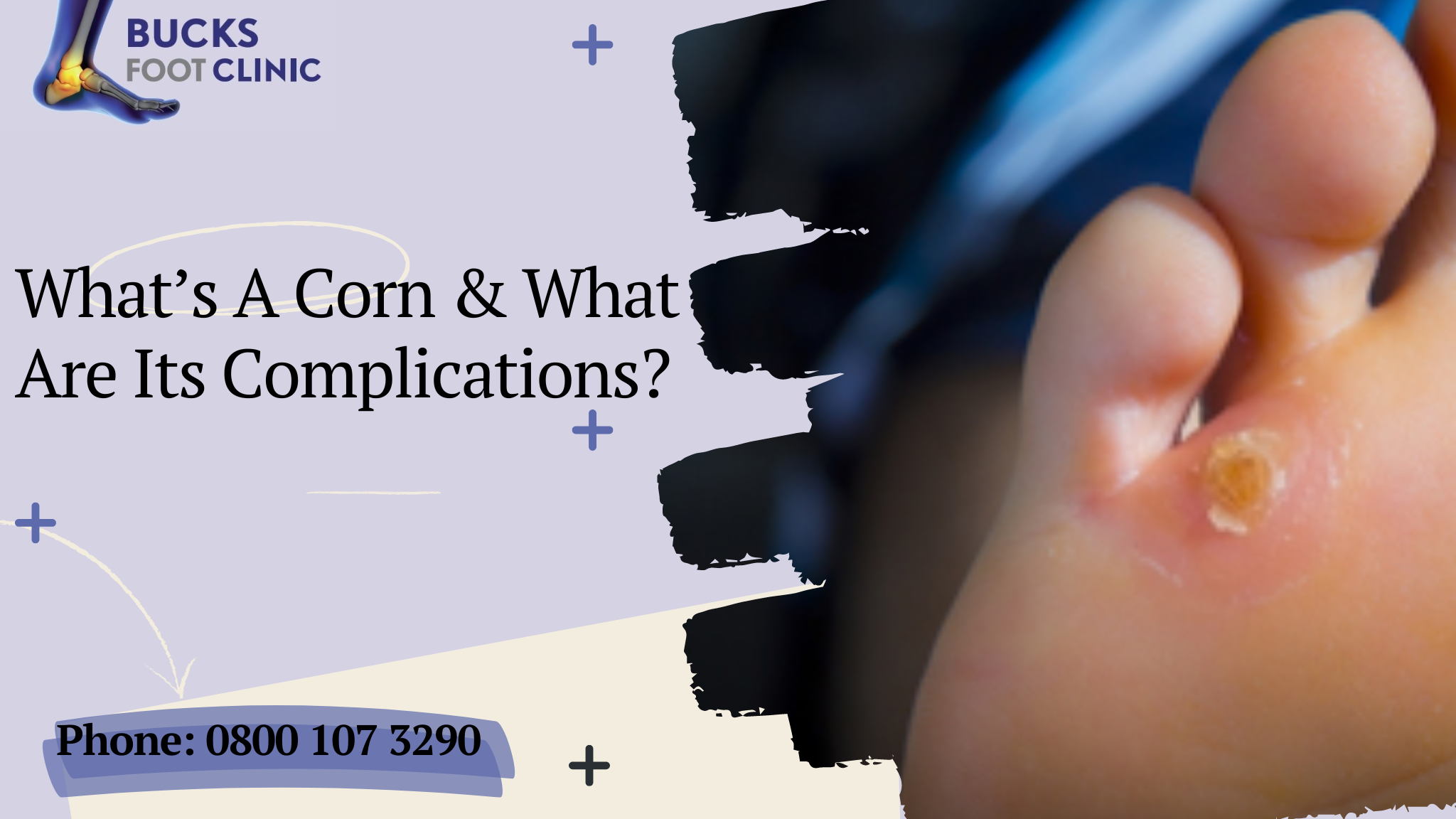
These days you can easily learn how to treat a corn if you look it up on the internet. Although its quite easy to do so too, there can also be a lot of vague information going around. Moreover, there’s not much about the complications a corn can cause if left untreated for a while.
Treatment for corns is not necessary if you are healthy unless they hurt or you don’t like the way they look. For the majority of people, corns and calluses simply go away if the friction or pressure is removed. However, in some cases you may need some medical attention. In this article, we’ll help you find answers to questions like “what’s a corn?” and “how to treat a corn?”. Keep reading to learn more.
What’s a Corn?
This one’s pretty simple. Corns are skin layers that are thickened because of your skin’s reaction to pressure and friction. Corns usually appear on the foot as your feet bear the whole body’s weight. It resembles a lumpy, rough, yellowish patch of skin.
Corns are a non-cancerous disorder. Thus, they can be treated with over-the-counter medications or professional care. Moreover, in many cases surgery isn’t required. If the affected area is exposed to friction or pressure after an effective treatment, corns may recur. To avoid developing corns, wear shoes that fit properly, and take good care of your feet.
Where do Corns Develop on Foot?
Corns can occur in various places on the foot such as:
- Between your toes and fingers
- Sides of your feet
- Bottom of your feet/ soles
- Under the toenail bed.
These places are the most likely to develop corns as they handle most of the weight during the whole body’s movements.
How to Treat a Corn?
Firstly, look for the source of your irritation before treating the corns. When the stress or irritation that is creating them subsides, they frequently disappear on their own.
Dermatologists advise the following methods for getting rid of corns if preventing more aggravation from the corn does not resolve your issue:
1. Warm water soak your foot
Ensure that the corn is completely submerged for 10 minutes, pr until your skin begins to soften.
2. File the corn using a Pumice stone
Dip a pumice stone in warm water and then rub it gently to file the corn. You can try to remove the dead skin by using gentle motions with this method. Be careful as to not file the corn too much as it can cause the affected area to bleed and cause infection.
3. Use lotion on the corn
Apply a salicylic acid-containing moisturising lotion or cream. Salicylic acid breaks down the corn that is made of protein keratin as well as the surrounding area with dead skin. However, people who have diabetes, brittle skin, etc should generally avoid using salicylic acid.
4. Use corn-pads
Using these donut-shaped adhesive pads, you can stop corns from rubbing against your shoes.
Make sure to not shave or cut the corns. Doing so could possibly cause a deadly infection of the nearby tissues.
These steps should help you get rid of the stubborn corns. Remember to keep repeating the processes such as soaking your in warm water to soften the corns everyday. After that, you can go ahead with the other steps such as filing the corn with the pumice stone.
What are the Complications if Left Untreated?
Though the treatment is quite simple, in certain cases, there may be complications. As mentioned earlier, people with diabetes, foot deformities, brittle skin and poor circulation have to get medical treatment as soon as possible. Here are some complications when dealing with corns:
1. Pain
You will most likely feel increasing pain before developing a persistent secondary disease, which sometimes also entails blisters or maybe even calluses.
2. Septic Arthritis
Bacteria can move through your circulation and affect one or maybe more joints if the corn gets infectious. You could struggle to move the joint and feel excruciating pain, redness, and swelling there. Moreover, the treatment for this ailment requires antibiotics, and frequently draining of synovial fluid in the joints is also a common method.
3. Bursitis
Usually, the treatment for this inflammation of a liquid sac (Bursae) between the bone and the skin requires antibiotics. Your doctor might occasionally need to inject a steroid along with draining the bursa’s fluid.
4. Osteomyelitis
The bacteria out of an infected corn can infect adjacent tendons and bone tissue if it spreads.
Those with diabetes are more likely to develop this illness because their feet frequently have inadequate blood flow. Typically, you may need to take antibiotics to eradicate the germs. Dead bone tissue frequently requires surgical removal.
Conclusion
To summarise, corns are seemingly harmless and easy to treat unless you have a special condition like diabetes. We hope this article helped you understand what’s a corn and how to treat a corn. If you wish to learn more about foot care, Bucksfoot Clinic is just the place for you. Visit our website to learn more about the care and treatments we offer.
